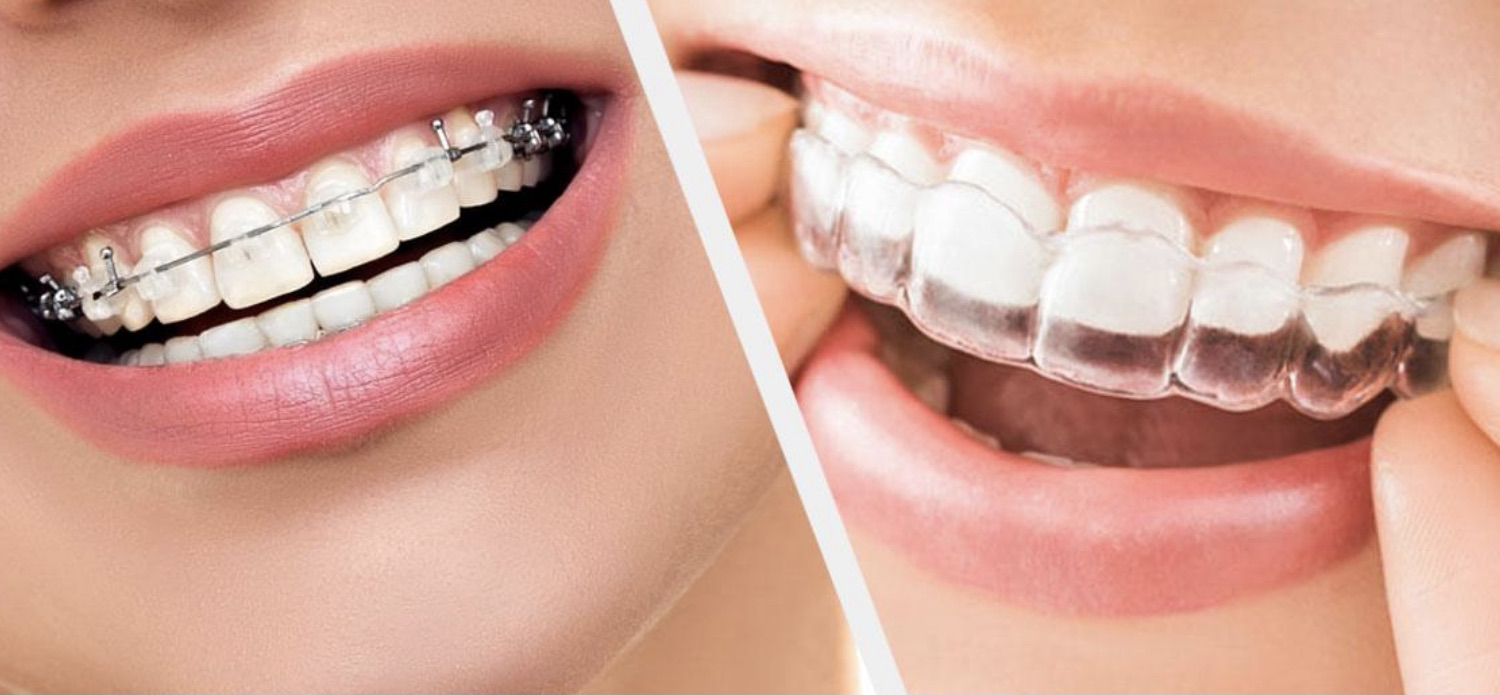When it comes to your child’s dental health, parents often ask, “What is the best age for teeth braces?” While there’s no one-size-fits-all answer, understanding when and why children may need braces can help you make informed decisions. Braces are not just about achieving a straight smile—they’re an essential part of oral health for many children. But are they safe for young kids? And more importantly, are they worth the time, cost, and commitment?
Let’s explore the safety, benefits, process, and considerations for getting braces for young children.
Why Children Might Need Braces Early
Braces are often associated with teenagers, but early orthodontic intervention can prevent more serious problems down the line. Children may need braces to correct:
-
Crowded or crooked teeth
-
Gaps between teeth
-
Overbites or underbites
-
Jaw misalignment
-
Thumb-sucking effects
Early signs of these issues can be detected by a pediatric dentist or orthodontist as young as age 6 or 7. This is why experts often recommend early orthodontic evaluations.
What Is the Best Age for Teeth Braces?
Parents frequently search “what is the best age for teeth braces?” According to the American Association of Orthodontists, the ideal age for a first orthodontic evaluation is around age 7. At this stage, most children have a mix of baby and adult teeth, which allows orthodontists to catch potential issues before they become more severe.
While actual treatment may not begin until ages 9 to 14, early detection offers the best opportunity for corrective planning. Braces during this phase are often referred to as “Phase 1” treatment, aimed at guiding jaw growth and creating space for emerging permanent teeth.
Types of Braces Safe for Young Children
Modern orthodontics offers several safe and effective options for young children:
1. Traditional Metal Braces
These are the most common and cost-effective. Today’s versions are smaller, less noticeable, and more comfortable than they used to be.
2. Ceramic Braces
Ceramic braces function like metal ones but blend in with natural teeth. They’re suitable for older children who can maintain good oral hygiene.
3. Clear Aligners (Invisalign First)
Designed specifically for kids, Invisalign First aligners are removable and virtually invisible. They’re best for children with mild alignment issues.
4. Lingual Braces
Placed behind the teeth, lingual braces are hidden from view but are rarely recommended for younger children due to their complexity.
Each option has its pros and cons, and safety depends on proper dental hygiene and regular orthodontic checkups.
Are Braces Safe for Young Children?
Yes, braces are generally safe for children when handled by a certified orthodontist. Safety comes down to proper fitting, regular adjustments, and maintaining good oral hygiene. The main challenges are:
-
Discomfort after adjustments
-
Mouth sores from brackets or wires
-
Difficulty brushing and flossing
To minimize these issues, orthodontists may suggest wax for sore spots, provide specialized tools for cleaning, and schedule regular follow-ups.
Benefits of Getting Braces Early
1. Prevents Complications Later
Correcting issues early can prevent tooth extractions, jaw surgery, or lengthy treatments during teenage years.
2. Boosts Self-Confidence
Children with noticeable dental issues may feel self-conscious. Braces improve not just smiles but self-esteem.
3. Improves Oral Function
Properly aligned teeth help with chewing, speaking, and maintaining oral hygiene.
4. Guides Jaw Development
Early treatment helps guide jaw growth to accommodate emerging adult teeth, reducing crowding and bite issues.
The Process of Getting Braces
1. Consultation and Evaluation
The orthodontist evaluates your child’s teeth, bite, and jaw through X-rays and digital scans. They’ll determine whether early treatment is needed.
2. Treatment Planning
A custom treatment plan is created based on your child’s needs. This may involve expanders, braces, or aligners.
3. Application of Braces
Braces are bonded to the teeth, and wires are inserted to guide movement. Regular adjustments are scheduled every 4–8 weeks.
4. Monitoring and Adjustments
Progress is closely monitored. Adjustments ensure teeth move according to the plan.
5. Retainers After Braces
Once braces are removed, retainers are used to keep teeth in place. This step is crucial for long-term results.
How to Care for Braces in Young Children
Proper care ensures treatment success and prevents dental issues. Here’s how to maintain braces:
-
Brush after every meal using a soft-bristled toothbrush
-
Floss daily with orthodontic flossers or water flossers
-
Avoid sticky, hard, or chewy foods
-
Use mouthwash to reduce bacteria
-
Visit the orthodontist regularly for checkups
Parents should supervise brushing and flossing to ensure thorough cleaning, especially for younger children.
Are They Worth It?
For many families, the answer is yes. Early intervention can save time, money, and discomfort in the long run. Plus, the long-term health benefits and confidence boost that come from a healthy smile are priceless.
However, timing is critical. So when you find yourself wondering, “what is the best age for teeth braces?”, remember that early evaluation doesn’t always mean immediate treatment—but it does offer the best foundation for success.
Final Thoughts
Braces for young children are more than a cosmetic fix—they’re a proactive investment in lifelong oral health. With advancements in orthodontics, treatment is safer, more comfortable, and highly effective for younger patients.
If you’re considering braces for your child, schedule a consultation with an orthodontist around age 7. Early insight will help you answer the ever-popular question: “What is the best age for teeth braces?”—with confidence and clarity.

![[CALL~~QB™︎] How do I speak with QuickBooks desktop support?](https://bioneerslive.org/wp-content/uploads/2025/05/qb1agvwm3yOGF7kgy-270x162.png)

